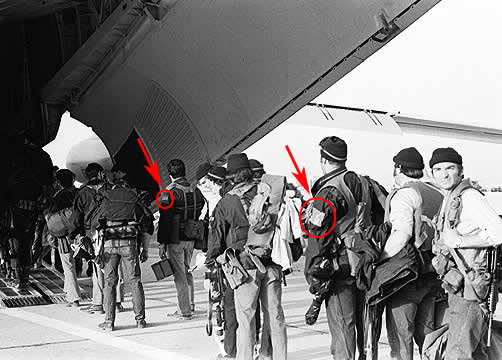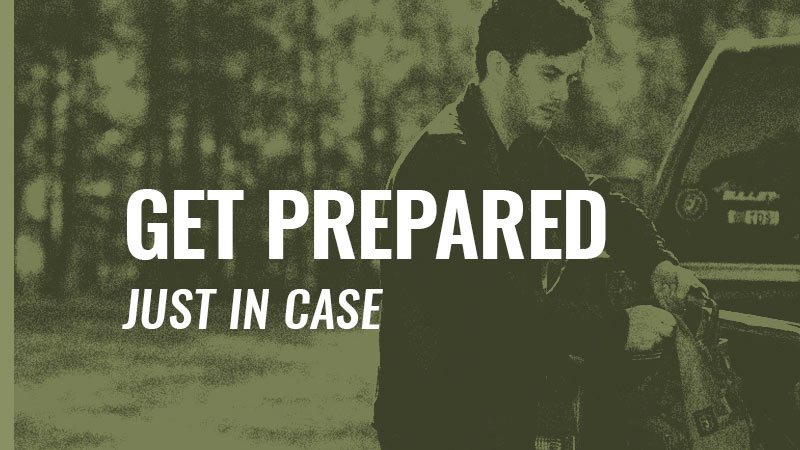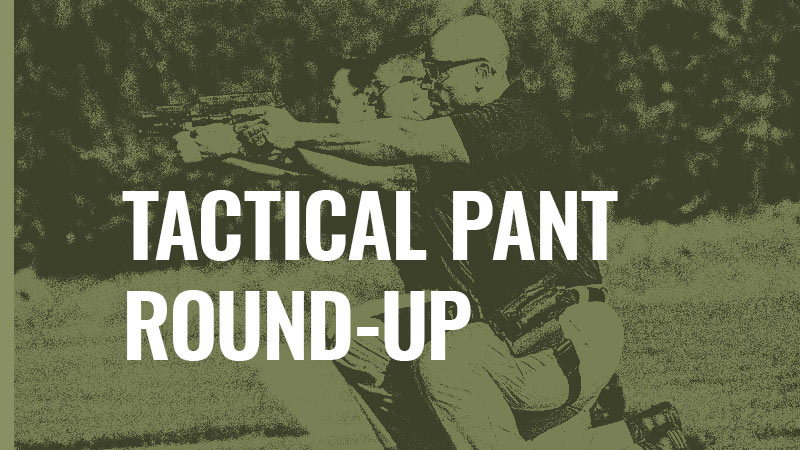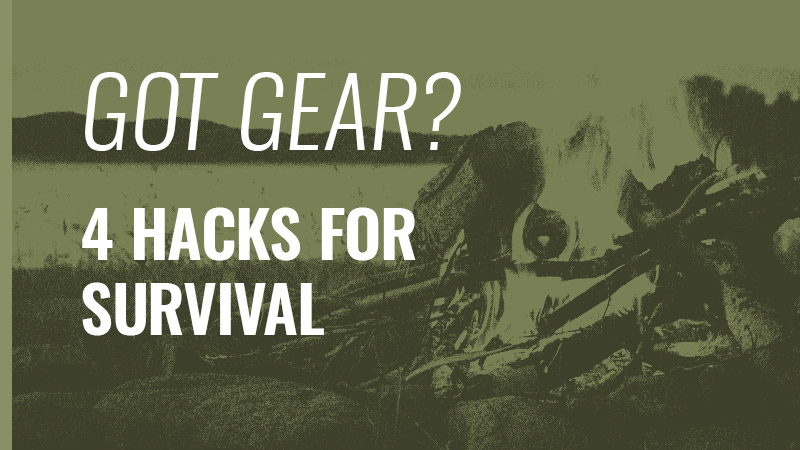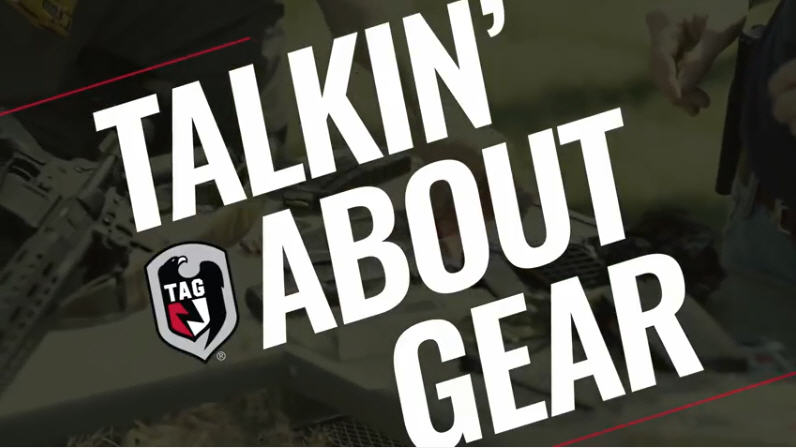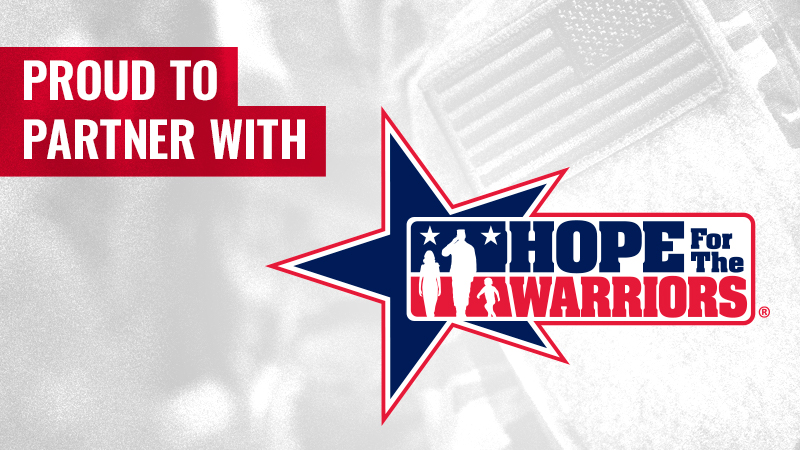We use cookies to make your experience better. Learn more.
Monthly Archives: October 2016
-
3 OctRead more »
A Little History
As a small child I watched the movie First Blood with my father (I was in second grade - Thanks Dad, nothing like quality parenting!). Seeing the American Flag on Sylvester Stallone’s OD Green M-65 field jacket not only had a huge impact on me and what it stood for; but this movie and image is the catalyst for my wanting to join the military.
This jacket was a movie prop; the Army never had this as a regulation.
During my childhood, 1st Special Forces Operational Detachment-Delta (1st SFOD-D) attempted a daring mission; named Operation Eagle Claw to rescue the American hostages in Tehran. Part of their mission uniform was the flag sewn onto the left sleeve of their black M-65 field jackets.
Delta Force 1980 boarding a cargo plane for Operation Eagle Claw
Because we did not have subdued flags like today, they were covered up with duct tape until needed.
Not until 1989, during Operation Just Cause, did America really see for the first time troops openly “flying” the flag on their uniforms. Again, Delta Force sewed the Red, White and Blue flag to their left shoulder.
Delta Operators prior to the Carcel Modelo Prison raid to rescue American hostage Kurt Muse in Panama during Operation Acid Gambit.
During Operations Desert Shield/Desert Storm (2 August 1990 - 28 February 1991) Special Operations units (from all branches) were used largely for reconnaissance missions. All of the uniforms were “slick” with no flag patches due to the nature of that type of mission. Somalia was the next place we would see the American flag flown in the face of the enemy. This time by SEALs, Delta and Rangers during Operation Gothic Serpentin 1993.
Navy SEALs, Somalia 1993
Delta Operators, Somalia 1993
Army Rangers, Somalia 1993
From 1995 (when we officially left Somalia) until 9-11, units and individuals in special ops units had no rhyme or reason to the use, color or placement of the flag on either body armor or the uniforms. It was mainly a personal decision and was not mandated. Most units still chose to run slick with no country identifiers.
Navy SEAL platoon, March 2001, I am front row, kneeling second from the left with my .300 win mag sniper rifle.
Post 9-11, almost immediately every special operations unit put the American flag on without orders or official uniform regulation; we took a "Pride Conquers All" approach.
Same Platoon Dec. 2001 Afghanistan. All of us have a subdued flag on our left shoulders. I'm in the front row, standing, 1st on the left.
Now that it is a part of the uniform regulations, special operations units allow individuals to put the flag where they want (another benefit of being in spec-ops). Regular ground forces do not have this type of flexibility and wear the flag on their right shoulder per uniform regulations. Big center mounted flags are starting take over again, as well as people going overboard with them on their helmets, shoulder and body armor. But, can you really bring too much American freedom to a firefight? No!
Navy SEAL, Afghanistan
Navy SEAL, Afghanistan
Army Ranger, Iraq
Army Rangers, Afghanistan
Delta Operators, Iraq
Delta Operators, Iraq
The Official Regulations
The U.S. Code states "no part of the flag should ever be used as a costume or athletic uniform. However, a flag patch may be affixed to the uniform of military personnel, firemen, policemen, and members of patriotic organizations. The flag represents a living country and is itself considered a living thing. Therefore, the lapel flag pin being a replica should be worn on the left lapel near the heart." The U.S. Code does not address the positioning of the flag patch. It is appropriate to wear an American flag patch on the left or right sleeve. When worn on the left sleeve, the union would appear towards the front and the stripes would run horizontally toward the back. When worn on the right sleeve, it is considered proper to reverse the design so that the union is at the observer's right to suggest that the flag is flying in the breeze as the wearer moves forward. Army Regulation 670-1 states, “The American flag patch is to be worn, right or left shoulder, so that “the star field faces forward, or to the flag’s own right. When worn in this manner, the flag is facing to the observer’s right, and gives the effect of the flag flying in the breeze as the wearer moves forward.” The flag may only be worn on the utility and organizational uniforms. The flag may only be worn during joint-duty and multi-national deployments. When the service member returns to home station, the flag must be removed. A new message and amendment to this regulation went out in February 2004 changing this restriction, and making the U.S. Flag a mandatory uniform component for all soldiers, effective October 1, 2005. Whatever you do, however you are allowed to wear it, wear it with pride in the face of our nation’s enemies. No retreat, No Surrender!!!!


